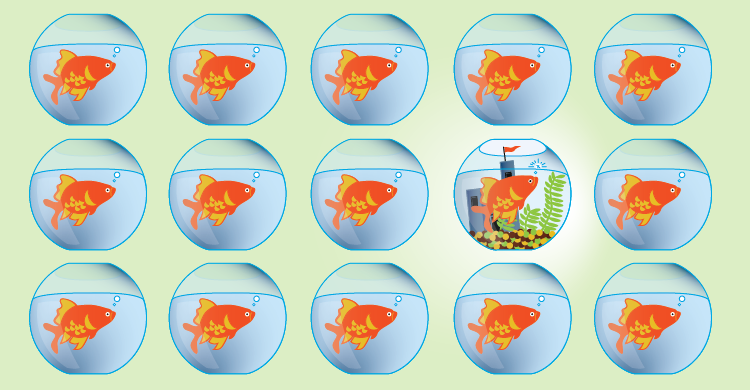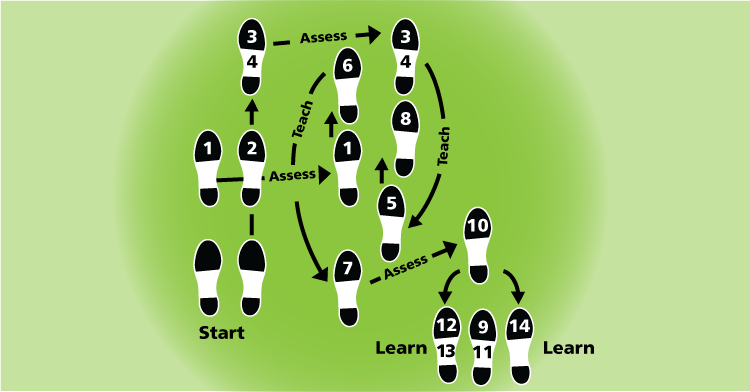Growing Tomorrow’s Citizens in Today’s Classroom: Assessing 7 Critical Competencies
Being able to recall the states and capitals, solve routine problems, identify causes of various
Read More

Being able to recall the states and capitals, solve routine problems, identify causes of various
Read More
It was a warm winter day. Snow was falling and my 8-year-old was ready to
Read More
In an effort to communicate more clearly, educators all over are exploring ways to provide
Read More
Maya is in second grade. On Wednesday of each week, students in her classroom receive
Read More
He sat in the back, slumped deeply in his chair. His hat was pulled low
Read More